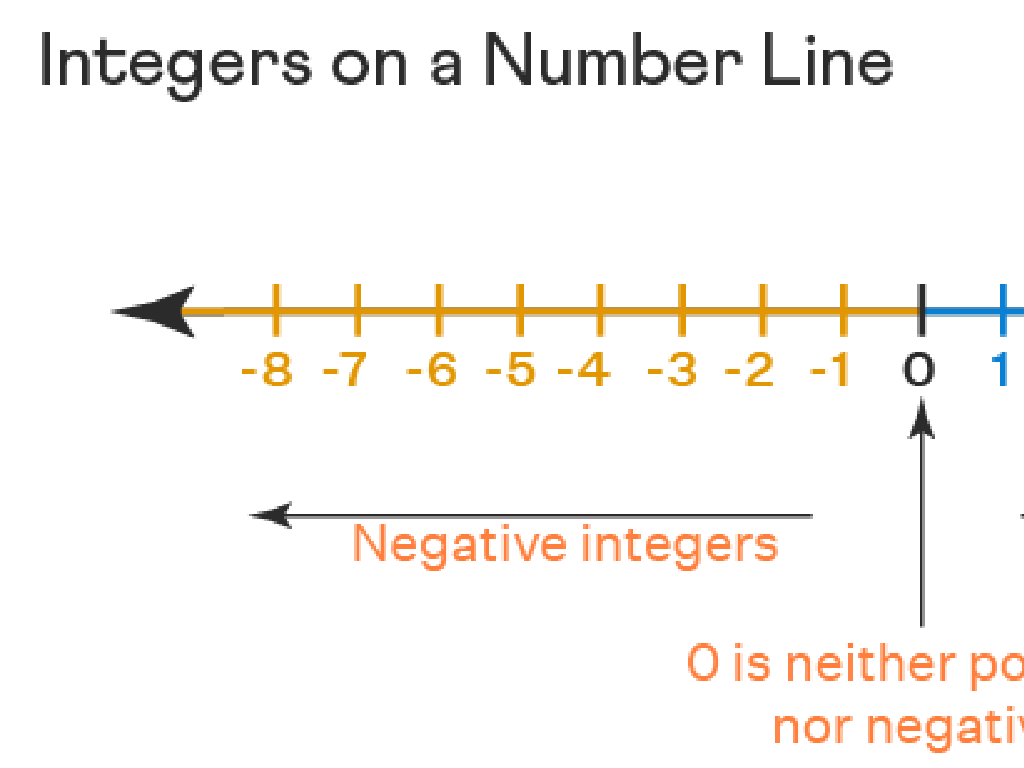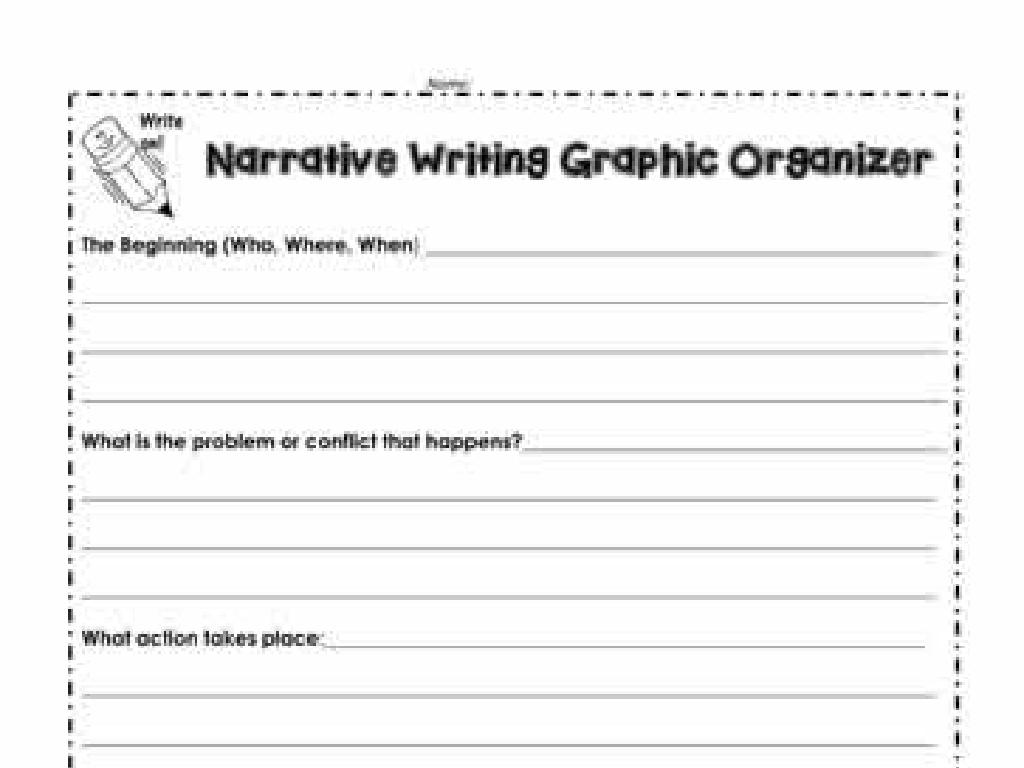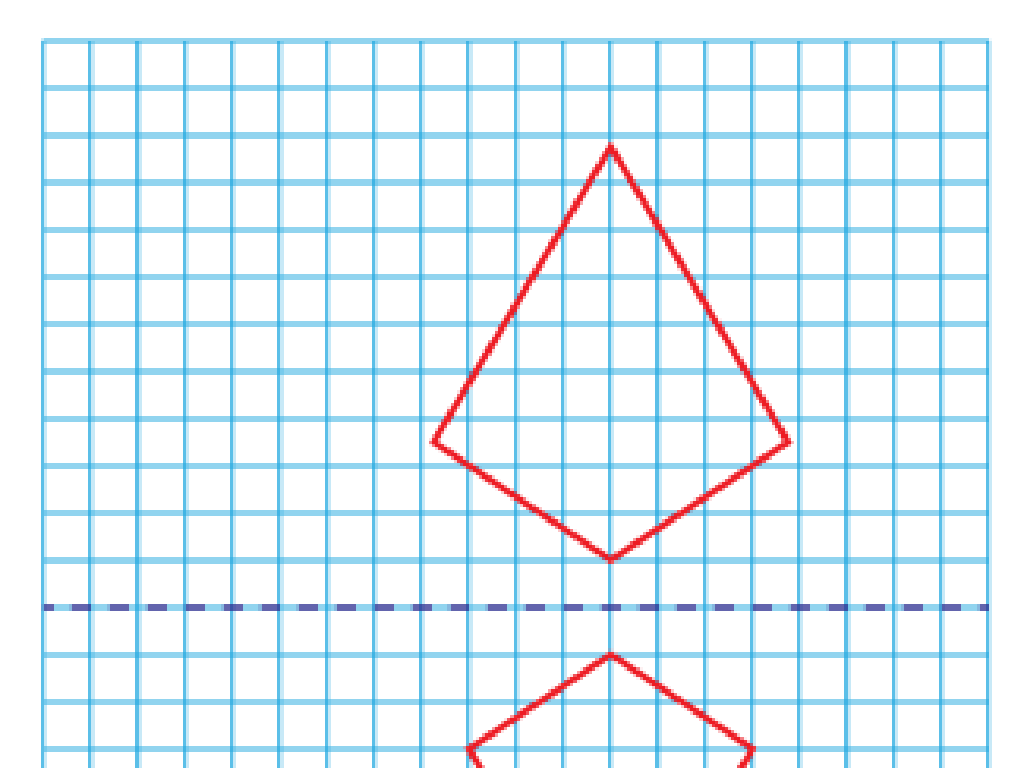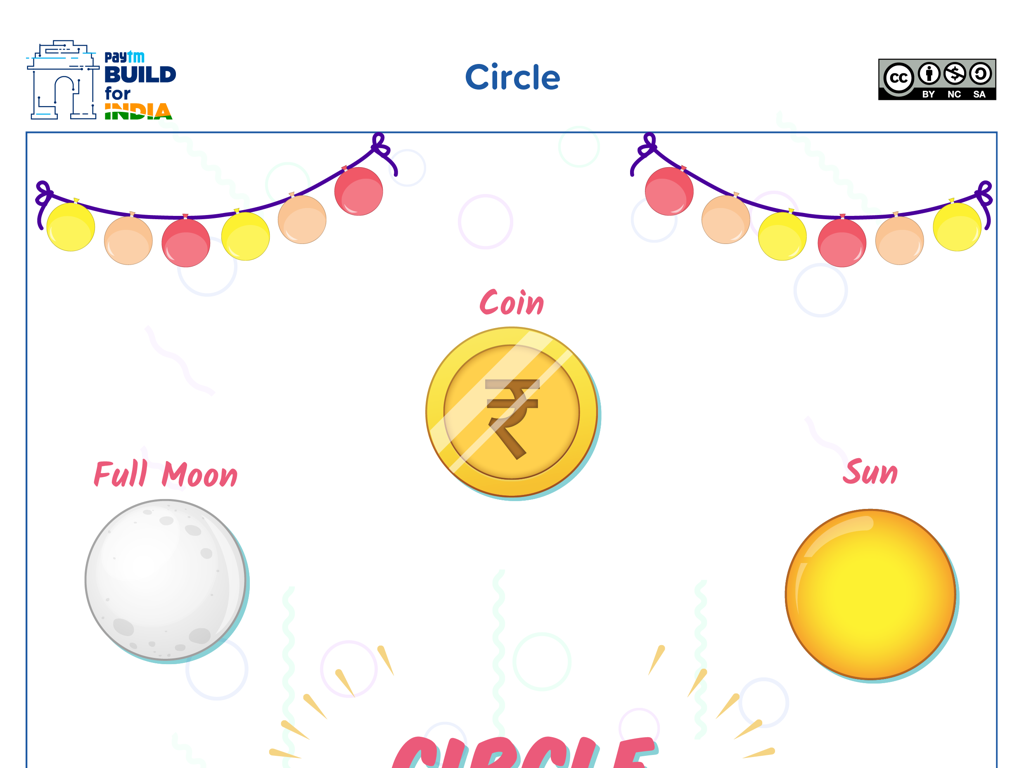Use Food Chains To Predict Changes In Populations
Subject: Science
Grade: Seventh grade
Topic: Ecological Interactions
Please LOG IN to download the presentation. Access is available to registered users only.
View More Content
Ecological Interactions: Food Chains
– Explore our environment
– What are ecological interactions?
– Interactions among organisms like competition and predation
– Food chains: A closer look
– A sequence of who eats whom in the wild
– Predicting population changes
– How changes in one species affect others
|
This slide introduces the concept of ecological interactions with a focus on food chains and their impact on populations. Begin by discussing the importance of understanding our environment and the various interactions that occur within it. Explain ecological interactions, including both competitive and cooperative aspects among different species. Then, delve into food chains, describing them as models that show the flow of energy from one organism to another. Emphasize how changes in one part of the chain, such as a decrease in prey, can lead to changes in population sizes further up the chain. Encourage students to think about real-world examples, such as the introduction or removal of a species and its potential impact on the local ecosystem.
Understanding Food Chains
– Define a Food Chain
– A sequence of organisms where each is food for the next
– Identify chain components
– Producers make energy, consumers eat producers, decomposers break down dead matter
– Energy’s role in chains
– Energy flows from one organism to another through consumption
– Impact on populations
|
This slide introduces the concept of a food chain, which is fundamental in understanding ecological interactions. A food chain is a linear network of links in a food web starting from producer organisms and ending at apex predator species, detritivores, or decomposer species. Students should learn the roles of producers (like plants), consumers (animals eating plants or other animals), and decomposers (organisms that break down dead material). Emphasize that energy is transferred from one organism to another when one organism eats another and that this transfer of energy affects population dynamics within an ecosystem. Discuss how changes in one part of the chain can lead to changes in population sizes of organisms at different levels of the chain.
Predicting Population Changes Using Food Chains
– Forest ecosystem food chain
– Producers to apex predators: trees, deer, bear
– Ocean ecosystem food chain
– Plankton to sharks: plankton, fish, dolphin, shark
– Desert ecosystem food chain
– Cacti to coyotes: cacti, insects, lizards, coyotes
– Impact on populations
|
This slide aims to illustrate how different ecosystems have unique food chains that can be used to predict changes in populations. A forest ecosystem food chain might start with trees as producers and end with bears as apex predators. An ocean ecosystem food chain could begin with plankton and culminate with sharks. In a desert ecosystem, the chain might start with cacti and end with coyotes. Understanding these food chains helps us predict how changes at one trophic level can affect the entire ecosystem. For instance, if a disease reduces the deer population in a forest, the bear population might also decline due to a lack of food. Encourage students to think about the consequences of changes within these chains and how they might affect the overall population of the ecosystem.
Predicting Population Changes in Food Chains
– Impact of species removal
– Removing a species can disrupt predator-prey relationships.
– Ripple effects in ecosystems
– A single change can affect multiple species in a food chain.
– Case study: Yellowstone’s Gray Wolf
– Reintroduction led to unexpected changes in the park’s ecology.
– Predicting ecological outcomes
|
This slide aims to explain how the removal or addition of a species can lead to significant changes in population dynamics within an ecosystem. Students will learn about the concept of a ripple effect, where the impact of a change spreads through the food chain, affecting various species. The case study of the Gray Wolf in Yellowstone National Park serves as a real-world example of how reintroducing a top predator can have far-reaching effects, including changes in the behavior of other animals, vegetation growth, and even river patterns. Encourage students to think critically about how all living things are interconnected and how scientists use food chains to predict the consequences of changes in an ecosystem.
Human Impact on Food Chains
– Overfishing impacts ocean chains
– Reduces fish populations, affecting predators and the overall marine ecosystem.
– Deforestation alters land chains
– Loss of habitat leads to decline in species, disrupting food sources for other organisms.
– Conservation restores balance
– Efforts like protected areas, sustainable practices to prevent imbalance in ecosystems.
– Students’ role in conservation
|
This slide aims to educate students on how human activities such as overfishing and deforestation have detrimental effects on food chains in both aquatic and terrestrial ecosystems. Overfishing can lead to a decrease in fish populations, which has a cascading effect on marine predators and the overall health of the ocean. Deforestation results in habitat loss, which can cause a decline in certain species and disrupt the food sources for other organisms. Conservation efforts are crucial in maintaining the balance of ecosystems. These can include establishing protected areas, enforcing sustainable fishing practices, and promoting reforestation. Encourage students to think about how their actions can contribute to conservation efforts and the preservation of balanced ecosystems.
Class Activity: Construct a Food Chain
– Build your own food chain
– Select an ecosystem
– Choose from forest, ocean, desert, etc.
– Identify roles in the food chain
– Find producers (plants), consumers (animals), and decomposers (fungi/bacteria)
– Predict species removal effects
– What happens if one is gone? Discuss the consequences
|
This activity is designed to help students understand the delicate balance within an ecosystem’s food chain. Students will choose an ecosystem and identify various organisms that fit the roles of producers, consumers, and decomposers. They will then create a visual representation of the food chain. The critical part of the activity is to predict what would happen if one species were removed from the ecosystem. This will illustrate the concept of interdependence among species and the potential ripple effects of changes in population. Possible ecosystems to choose from include a forest, a coral reef, or a grassland. Encourage creativity and ensure that students justify their predictions based on the roles of the species within the food chain. This exercise will foster critical thinking and a deeper understanding of ecological interactions.
Conclusion: Food Chains & Population Dynamics
– Recap on food chains
– Each species’ ecosystem role
– Every organism has a specific niche, maintaining balance.
– Significance of population changes
– Fluctuations can indicate ecosystem health.
– Engage in Q&A session
|
This slide aims to summarize the key points of the lesson on food chains and their impact on population changes. Begin by reviewing the concept of food chains, emphasizing the flow of energy from one organism to another. Highlight the importance of each species in an ecosystem, discussing how every organism, from the smallest insect to the top predator, plays a crucial role in maintaining ecological balance. Explain how changes in population sizes can serve as indicators of the ecosystem’s health and stability. Conclude the presentation with a Q&A session, encouraging students to ask questions and clarify any doubts they may have, ensuring a comprehensive understanding of the topic.






